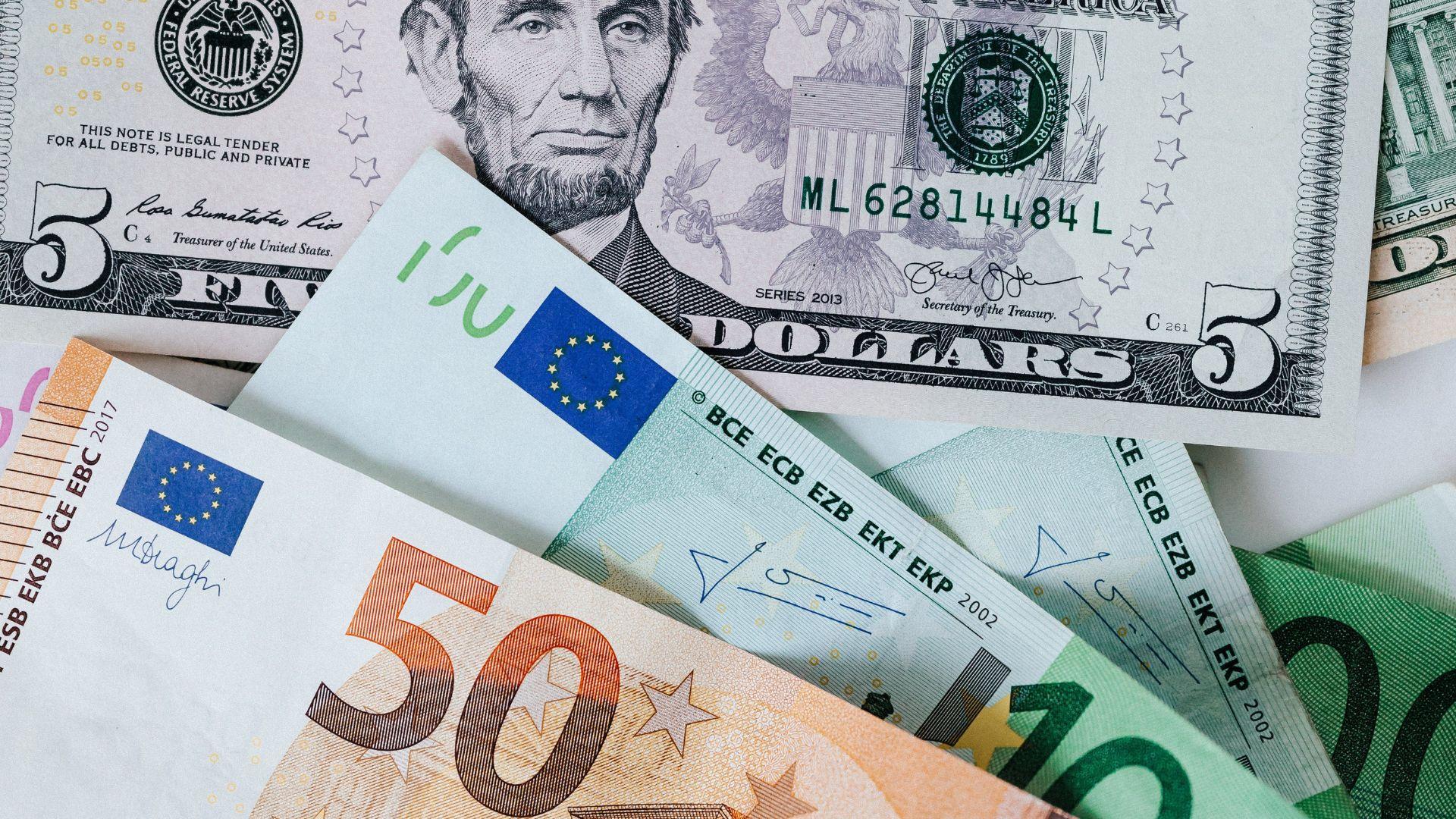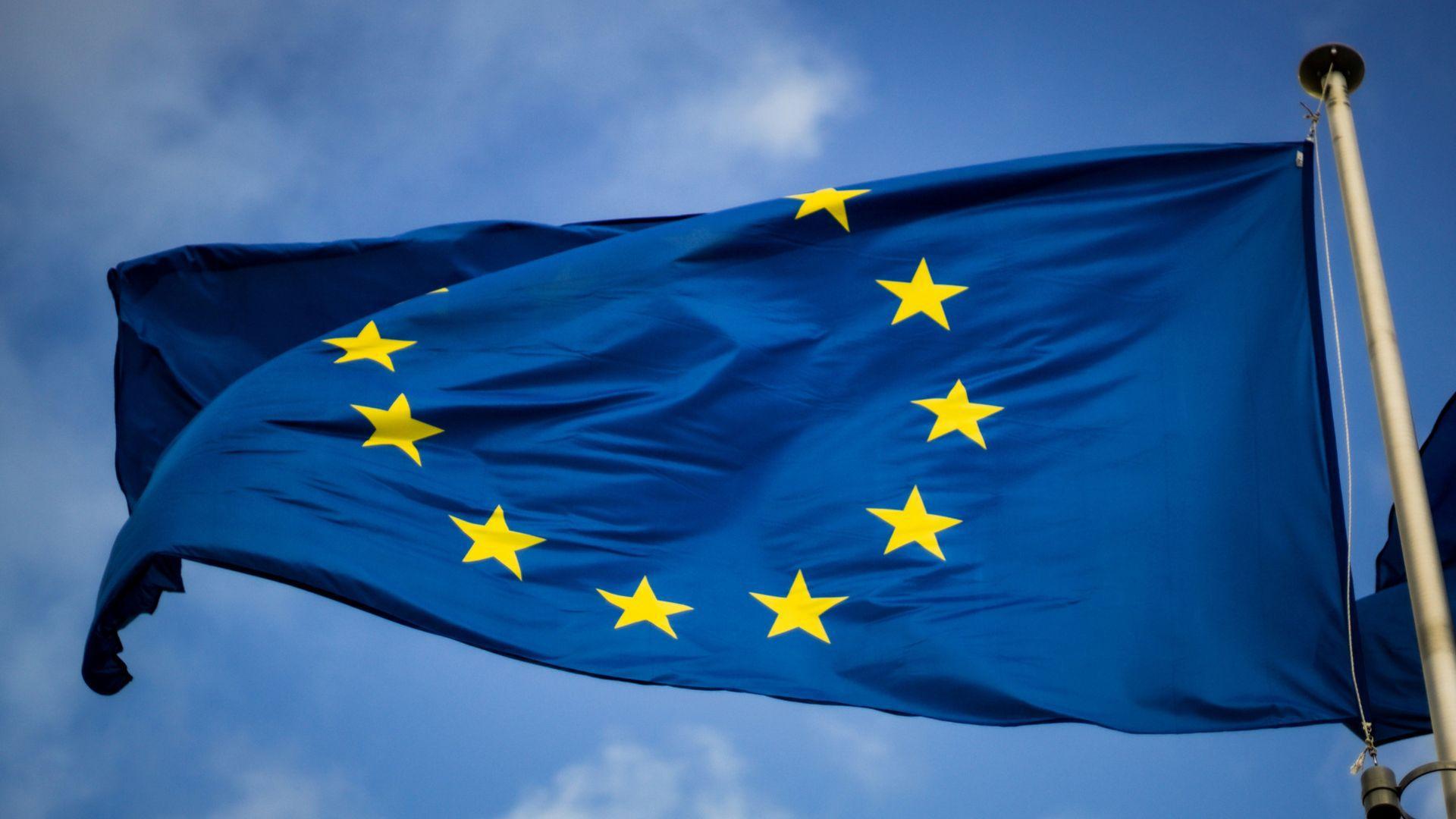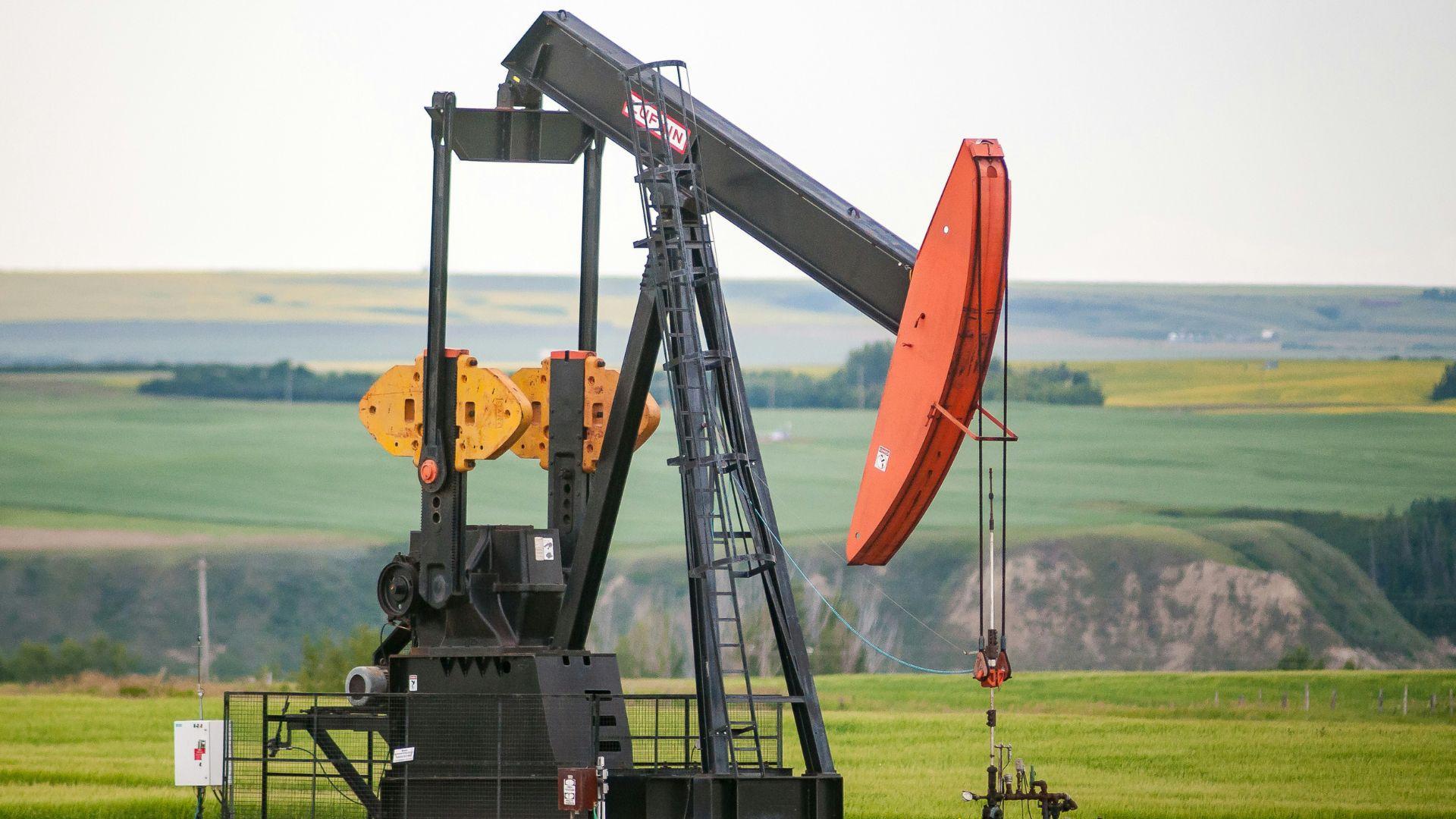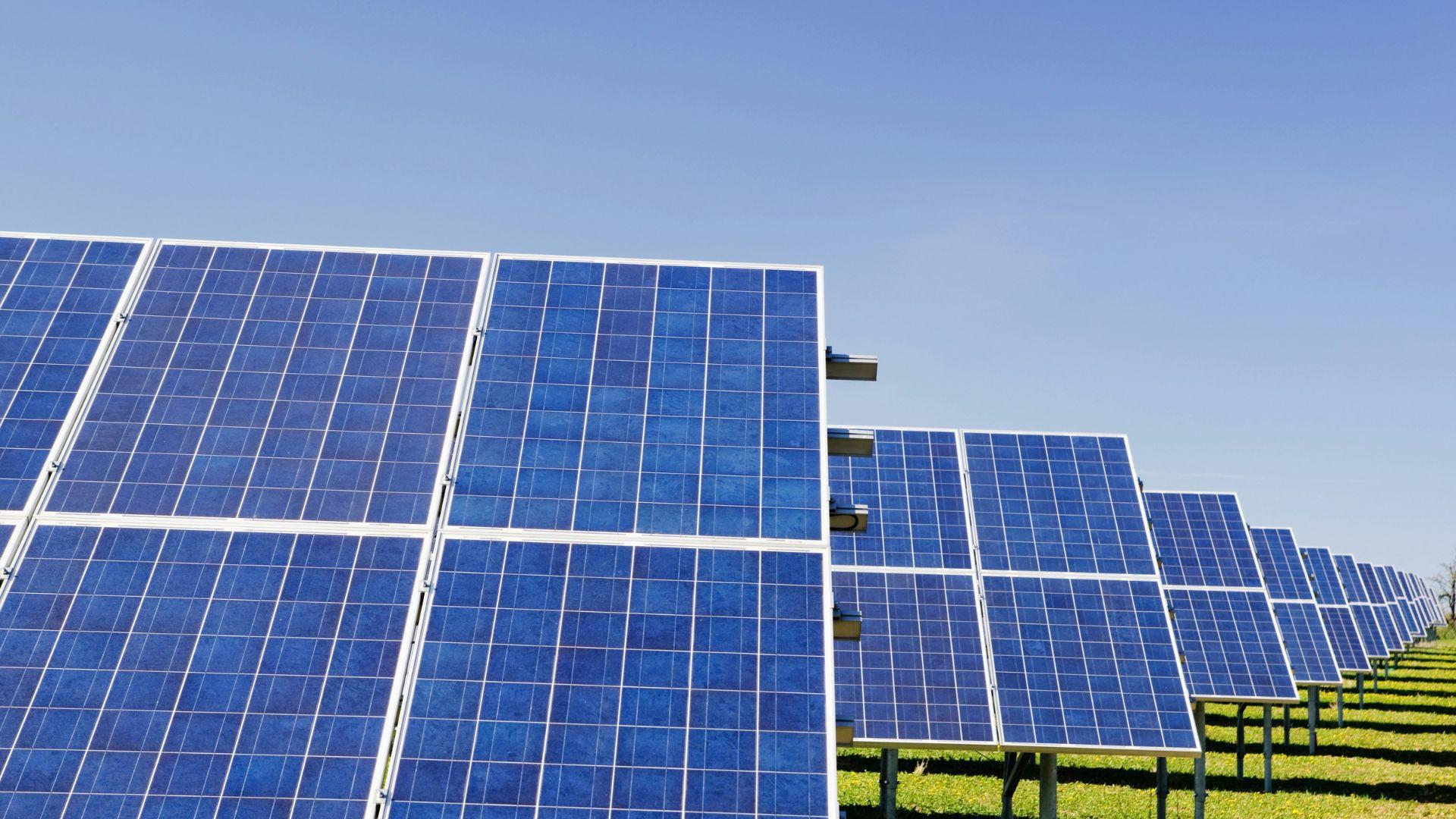The comparison between the economic performances of the United States and Europe is a complex and nuanced issue.
It involves analyzing various metrics and methodologies, such as market exchange rates and purchasing power parity (PPP), to determine how these two economic powerhouses stack up against each other. The choice of measurement significantly impacts the perceived size and success of each economy.
The Debate Over Measurement Standards

The Financial Times reports that the discussion on whether to use market exchange rates or purchasing power parity (PPP) for measuring economic performance is ongoing.
Market exchange rates fluctuate and are affected by currency values, while PPP aims to compare what people can actually afford in their respective countries.
Economy Size by Market Exchange Rates and PPP

According to market exchange rates, the European Union’s economy was estimated to be 68% the size of the United States in 2023, a decrease from parity in 2007, The Financial Times notes.
However, when measured by purchasing power parity, the output of EU member states is only 6% smaller than that of the US, showcasing a different aspect of economic comparison based on IMF data.
The Importance of GDP Per Capita

Many experts argue that GDP per capita is a more relevant measure of economic performance than total economy size.
It is believed to be a better indicator of living standards and economic well-being for the average citizen, The Financial Times explains. This measure reflects the output produced per person, offering insights into the prosperity of a population.
Economic Performance Analysis

Le Monde explains that Eurostat’s GDP report for the twenty countries using the euro highlighted a contraction of 0.1% in the third quarter, juxtaposed with the United States’ growth of 1.2% in the same period.
This comparison illustrates the varying economic fortunes of the Eurozone and the US, with the latter showing resilience and growth amidst global economic uncertainties.
The Persistent Growth Gap

Economist François Geerolf comments on the trend of the Eurozone losing growth points to the United States after each crisis, stating to Le Monde, “It’s almost becoming a universal law.”
His observation captures the cumulative effect of multiple crises on the Eurozone, including the financial crisis, the COVID-19 pandemic, and geopolitical tensions, which have contributed to the widening growth gap with the US since 2007.
Growth Rate Disparities

The growth gap is quantified by comparing per capita growth rates: since 2007, the US has seen a 19.2% growth, significantly outpacing the Eurozone’s 7.6%, per information from Le Monde.
The nearly twelve-point difference highlights the diverging economic trajectories of the two regions over the last fifteen years, exacerbated by recent global events.
The Cost of Living Comparison

The difference in the cost of living and average incomes between the US and Eurozone is notable, with Philippe Crevel, an economist at Lorello Ecodata, a consulting firm telling Le Monde that, “The average income of Americans is more than 20% higher than that of people living in the eurozone.”
He said, “The standard of living of executives is much higher than that of their European counterparts. American tourists are particularly sought-after because of their abundant purchasing power. The average retirement, taking into account retirement savings, is much higher in the USA than in many European countries.”
The Role of Energy Prices

CNN reports that the divergence in economic fortunes between the US and Eurozone is partly attributed to the impact of energy prices, particularly following the surge in natural gas prices.
Europe’s heavy reliance on energy imports has made its economy more vulnerable to these fluctuations, contributing to the current economic gap with the US.
Fiscal and Monetary Policies

The US’s aggressive fiscal response to the COVID-19 pandemic, characterized by significant government support and stimulus measures, has bolstered its economic recovery, CNN reveals.
This approach contrasts with Europe’s more conservative fiscal strategies, which have not stimulated growth to the same extent.
Potential Slowdown and Future Prospects

CNN reports that despite the US economy’s strong performance, some experts anticipate a potential slowdown in growth rates.
However, the long-term outlook remains positive, with significant investments in AI and clean energy expected to drive future economic expansion and innovation.
Investment and Innovation Lead

The United States’ strategic investments, including the Inflation Reduction Act’s focus on clean energy, position it for sustained economic leadership, CNN explains.
The country’s dominance in AI and technology investments, according to OECD data, further reinforces its competitive edge, suggesting a widening economic gap with Europe driven by innovation and capital investment.
